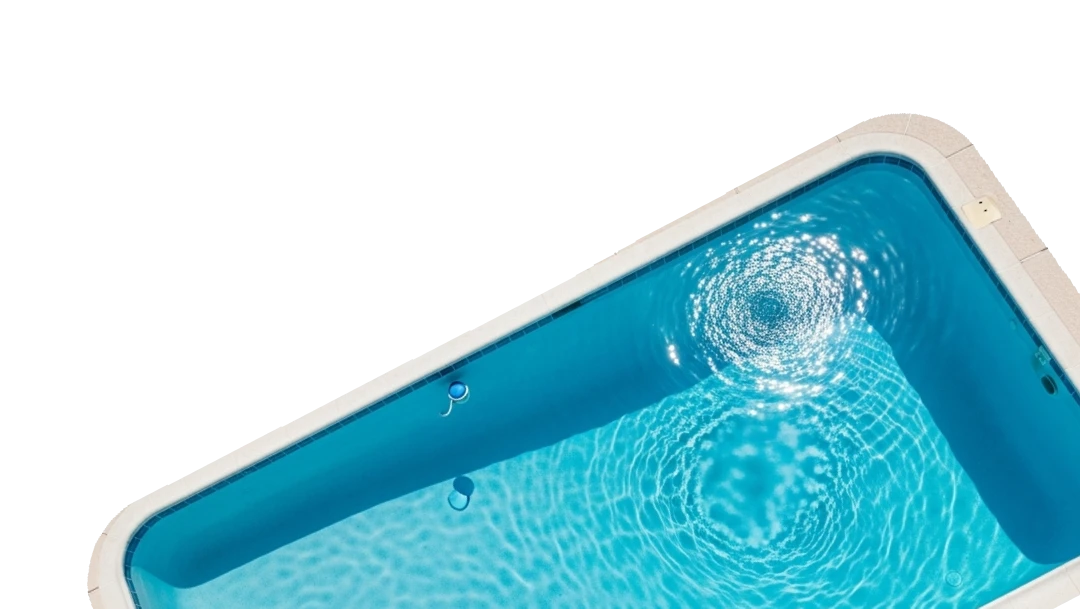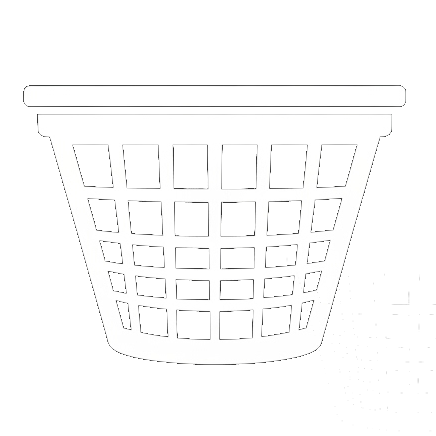Repair Swimming Pool Pump: Step-by-Step Fixes for Scottsdale Pools in Arizona’s Harsh Climate
.webp)
If you’re searching for pool pump repair Scottsdale AZ, you’re in the right place. Scottsdale heat, monsoon dust, and sudden haboobs put extra strain on your pool pump and motor. That’s why Optimal Pool Leak Detection, Scottsdale’s leading pool leak detection & repair company put together this easy guide. You’ll learn how to spot a leak, when a quick repair works, and when to repair or replace the pump so your swimming pool stays safe and clean all season. (And if you ever want a pro to step in, our Scottsdale team is ready to help.)
“A properly functioning pool pump keeps water moving, filters working, and chemicals balanced. In the desert, that’s the difference between a clear swimming pool and one that goes green fast.”
Arizona context matters. Our pool season arrives early, summers are extreme, and the monsoon runs roughly June 15 to Sept. 30, bringing wind, dust, and debris that can clog filters and stress the pump. We also see massive, fast-moving dust storms (haboobs) that can dump a wall of dust into your backyard in minutes.
What does a properly functioning pool pump do in Scottsdale heat?
A properly functioning pool pump handles your water circulation, pushes water through the filter, and supports sanitization key to a functional swimming pool in triple-digit heat. It pulls water through the strainer and pump basket, through the impeller, and back to the pool. If the pump slows, leaks, or loses prime, your chemistry drifts and algae can bloom faster in our desert sun. Running your pump during off-peak or evening hours can also cut energy costs here.
Local tip: City of Scottsdale encourages pool covers to reduce evaporation and keep debris out less debris means less work for the pump and fewer costly repairs.
Is your pool pump leaking or making a screech?
Common pool pump problems in our area:
- Wet pad or drips around the pump → possible shaft seal or seal plate o-ring issue.
- Air bubbles at returns → likely air leaks on the suction side (lid o-ring, unions, or low water level).
- Screech or grinding noise → worn bearing in the pump’s motor.
- No flow / low pressure → clog at the pump basket, clogged impellers, or a blocked skimmer line.
- Electrical trips → breaker issues or failing electrical motor windings.
If the pump body weeps or the pump housing is cracked, that’s a safety and reliability risk don’t ignore it. Cracked pump housing is often the line between a simple repair and “it’s time to replace the entire unit.” (More on that below.)
Breaker tripping or pump is overheating?
When a pump is overheating or the breaker trips:
- Check ventilation & shade. Desert sun bakes equipment pads—give the motor airflow.
- Spin the impeller by hand (power off). If it binds, debris in the volute or swollen bearings may be the culprit.
- Inspect wiring, lugs, and the run capacitor at the rear of the motor (power off).
- If the pump continues to trip the breaker, stop. You may have electrical issues in the pump motor windings—contact a professional.
Monsoon winds drive dust and organic debris that clog filters and restrict flow. That restriction makes the pump run hotter and strain the motor. After dust events or storms, clean baskets and backwash/clean your filter promptly.
How do you inspect the pump basket, impeller, and o-ring?
A fast inspect routine (power off):
- Open the pump lid and lift out the pump basket; rinse it.
- Check the o-ring under the lid. If it’s flattened or cracked, replace it and use a silicone lube.
- Shine a light into the impeller housing. Use a zip-tie to fish out seeds or pebbles.
- If flow is still weak, you may need to remove the motor from the wet end to inspect the impeller for damage and clear a deep clog.
Step-by-step pool pump repair: seal, shaft seal, and pump housing
Safety first: Cut power at the breaker and confirm with a meter.
1) Diagnose the source of the leak
- Drip line on the bottom of the pump housing usually points to a failed shaft seal.
- Drips on the lid rim point to a flattened lid o-ring.
- Weeping at unions points to loose nuts and bolts or worn union gaskets.
2) Remove the motor and wet end
- Unbolt the clamp band or nuts and bolts that hold the wet end to the motor.
- Carefully remove the motor with the seal plate attached; this separates the half of the pump that holds the impeller.
- You’ll see the center of the seal plate, this is where the ceramic portion of the shaft seal sits.
3) Replace the shaft seal and seal plate o-ring
- Lock the motor shaft and spin off the impeller.
- Swap the old seal halves (ceramic in the center of the seal plate, spring piece on the impeller).
- Replace the seal plate o-ring.
- Reassemble the pump; hand-snug then tighten evenly.
4) Prime and test
- Fill the pump housing with water, lube the lid o-ring, and prime.
- Watch for leaks under pressure and check for steady flow.
If the pump housing is cracked from freeze, UV, or impact, most manufacturers recommend replacing the pump (or at least the case) for safety, bonding, and insulation rely on an intact shell.
When to repair or replace a cracked pump housing in the line?
Here’s a simple rule:
- Fix it if: you have a lid o-ring leak, failed shaft seal, or worn bearing/new bearings need to go in those repair parts are common and cost effective.
- Replace it if: you see a cracked pump housing, severe corrosion, repeated electrical issues, or the old pump is energy-hungry and loud. In many cases, it’s smarter to replace your pool pump setup with an energy-efficient pool pump. A new variable speed pump can significantly reduce energy consumption and operate at a lower temperature in our climate. Newer motors are also quieter.
Federal DOE standards (since July 2021) require modern pumps to meet efficiency baselines and to show a WEF label, driving the market toward variable speed pump models for most residential applications.
Variable speed pump vs single speed pump, why Scottsdale homeowners upgrade
A variable speed pump lets you dial in the exact flow you need. Run longer at low RPM for fine filtration (quiet, cool, efficient), then schedule a high-speed burst for skimming or spa jets. APS and SRP also encourage time-of-use strategies, running the pump during off-peak windows to save on your bill. Smaller single-speed pump options still exist, but most Scottsdale homeowners prefer the flexibility and savings of variable speed today.
Local note: Utility rebates change often. APS discontinued several residential equipment rebates in recent years, while SRP has offered various business and periodic program incentives. Always check current availability before you buy.
Preventing clogs, air leaks, and electrical issues during monsoon season
Dust, leaf litter, and windblown debris surge in the monsoon. Clear baskets after storms, keep trees trimmed, and check unions for suction-side leaks to protect the pump and motor. After a major haboob, a quick service visit can prevent costly repairs by restoring flow before the motor overheats.
Quick triage: what’s that noise or leak? (save this)
DIY or call a pool professional? When to contact a professional pool company
DIY is fine for lid o-rings, pump basket cleaning, and simple priming.
Call a pool professional if you suspect electrical issues, a failed shaft seal (water near the motor shaft), or a cracked pump housing. Anyone who repairs pool equipment will tell you: timely repairs prevent bigger failures. At Optimal Pool Leak Detection, our repair service can help you diagnose the problem, make the necessary repairs, and get you back to clear water fast.
Scottsdale specific tips: off-peak run times, covers, and drought-smart choices
- Run off-peak. APS recommends shifting pump runtime to off-peak hours for savings. On time-of-use plans, this adds up.
- Use a cover. Scottsdale Water notes covers reduce evaporation and help keep the pool cleaner—less runtime, less strain on the pump.
- Know monsoon timing. Plan extra skimming and basket checks June 15–Sept. 30.
- Be storm-ready. Bring in furniture before a dust storm; debris in the water can clog lines and overwork the pump.
Step-by-step: replacing a noisy bearing and seal (overview)
If your pool pump motor howls, you may need bearings replaced. Here’s a simplified outline (for reference only—hire a licensed pro if you’re unsure):
- Shut power at the breaker.
- Disassemble the wet end. Remove the clamp band or nuts and bolts; remove the motor and seal plate.
- Pull the impeller. Lock the motor shaft; remove the old impeller and spring seal half.
- Replace the bearings. Press out, then press in new bearings (special tools).
- Reassemble. Install a new seal, reattach the wet end, and prime.
- Test. Listen for quiet operation and check for leaks.
If damage extends into the pump housing or volute (the water-moving part of the pump), it may be smarter to replace the entire unit with a new pump that meets DOE efficiency (look for the WEF rating).
FAQ: variable speed pump setup, runtime, and Scottsdale savings
How long should I run my pool pump each day?
It depends on filter size, bather load, and debris. A variable speed pump running longer at low RPM often clears better and costs less. Many homeowners run 8–12 hours in summer and 6–8 in winter; tune for clarity and test results. (Off-peak is your friend.)
Can I keep my single speed pump?
Yes, some models still meet rules—but most upgrades here go to variable speed pump units for comfort, noise, and savings. Pool pump can lead to higher bills if it’s oversized or always on high.
Do I need a pro to set speeds?
A professional pool tech can balance flow for skimming, heating, and cleaner cycles so the pump runs only as hard as it needs to.
Why choose Optimal Pool Leak Detection for pool pump repair in Scottsdale?
We’re local. We understand desert dust, intense UV, and in-ground pool plumbing in older and newer Scottsdale builds. From leaking pool pump seals to silent speed pump upgrades and leak isolation, we make it simple, clear options, up-front pricing, and timely repairs. Check out our Scottsdale service page and book today.
Final checklist (keep this handy)
- Prime after every service; watch for bubbles in the lid.
- Keep the pump shaded and ventilated.
- After storms, clear baskets before running the pump hard.
- Lube every o-ring at seasonal openings.
- Use a cover to reduce evaporation and keep your pool cleaner.
- If you see a body crack, contact a professional.
- If the noise returns, don’t wait timely repairs beat failures every time.
Quick glossary (so the how-to makes sense)
- Wet end: The water-handling half of the pump (case, impeller, diffuser, seals).
- Volute: The spiral chamber that directs water to the outlet.
- Shaft seal: Two-piece seal that keeps water from the motor.
- Seal plate o-ring: Large o-ring that seals the center of the seal plate to the case.
- Pump housing: The case that holds the impeller/volute; if it’s cracked, replace the pump or the case for safety.
Ready for help?
Whether you need to repair the pump, swap a shaft seal, or discuss a new pump, Optimal Pool Leak Detection is your Scottsdale pool company for necessary repairs and honest advice. We’ll never tell you to replace the entire system if we can fix it right, yet we’ll also guide you when it’s time to replace your pool pump with something quieter and smarter. Book your repair service today.
Bonus: drought-smart and energy-smart
- Scottsdale Water: Covers reduce evaporation and help the system run cleaner.
- DOE standards: Look for the WEF label when you shop.
- Arizona weather aware: Plan for monsoon debris and air leaks checks.
Other ARTICLES

.webp)
.webp)
Pool Leak Solutions For You
Protect Your Pool Investment.
Claim Your Free Quote Now!






